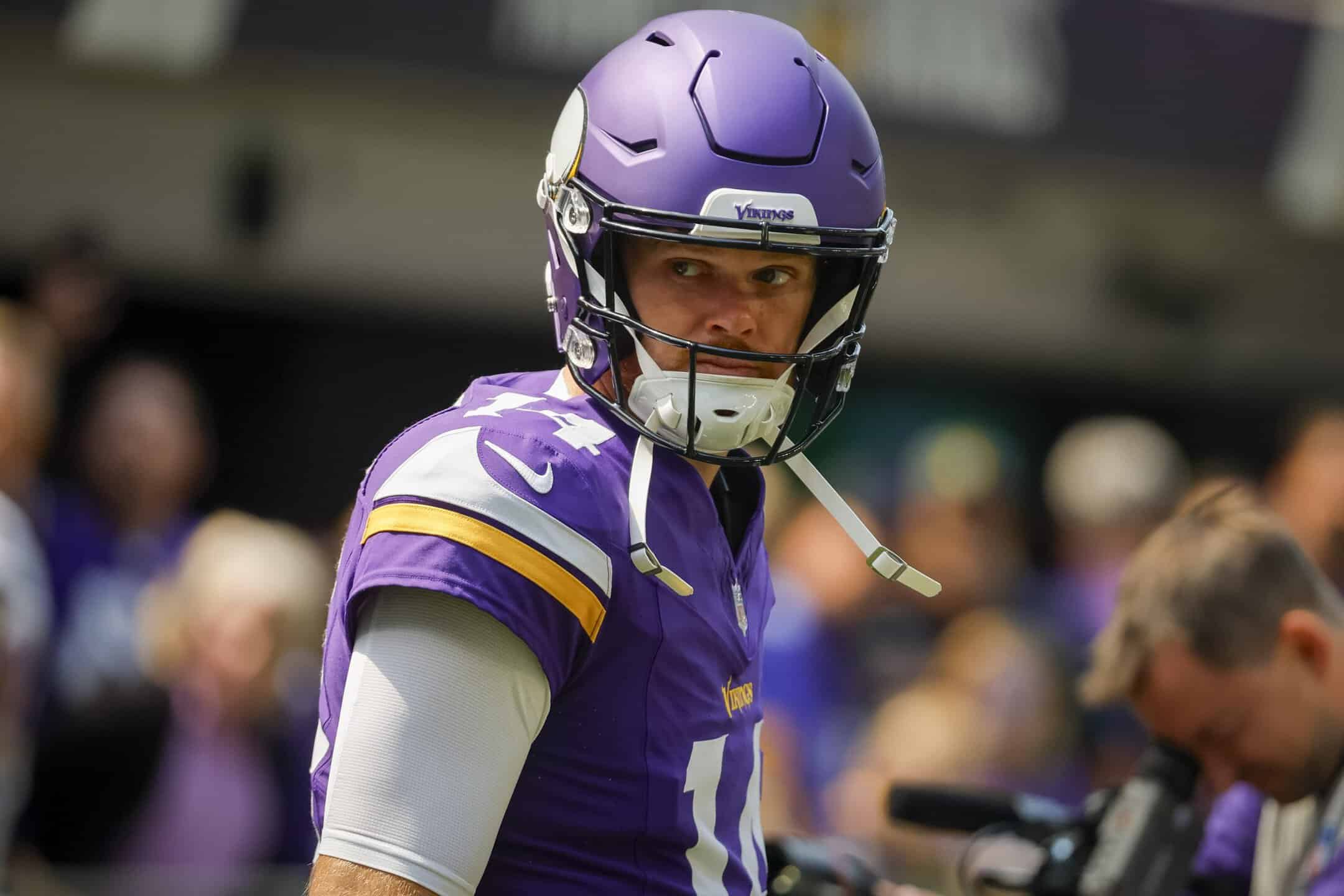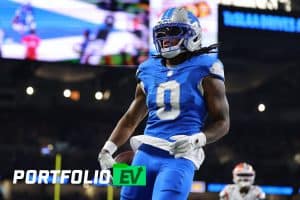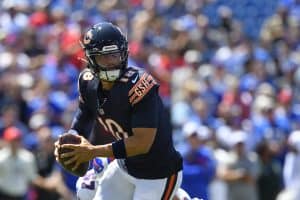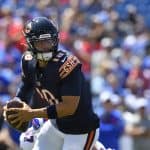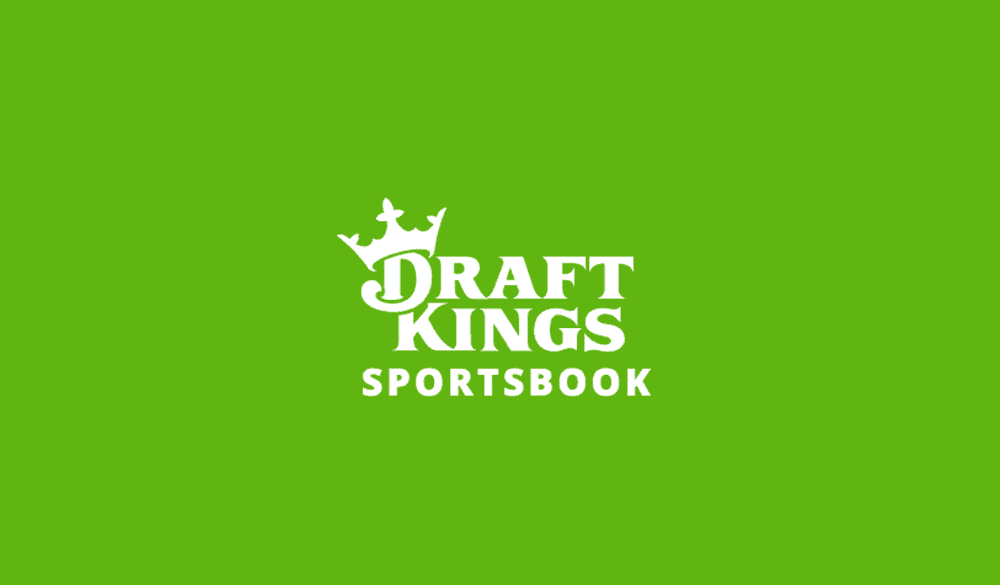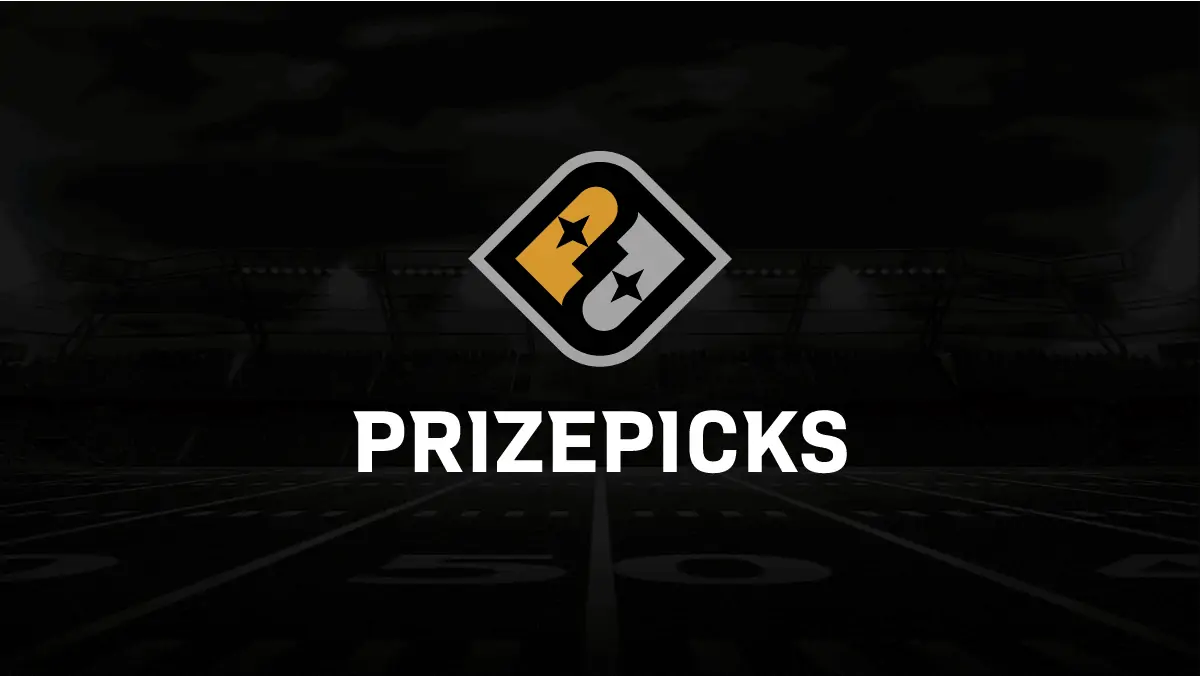Is there any better sport to watch than football? Whenever September rolls around, we get nearly wall-to-wall football action each week, and the NFL offers up plenty of games for us to watch — and get some action on! One of the most enjoyable ways to get some skin in the game is by building PrizePicks entries, and today, we’ll discuss a profitable NFL PrizePicks strategy by diving into my expert tips and advice. Here’s a hint — you should be using our PrizePicks Optimizer!
Our sister site Stokastic is bringing its top-tier projections to the pick’em scene! With the Pick’em package, you’ll unlock the powerful PrizePicks Optimizer, making it easy to build +EV entries in just a few clicks. Whether you’re a seasoned pick’em pro or a newcomer, Stokastic’s Pick’em tools and data offer unbeatable value.
For a limited time, use promo code PICKEM25 to get 25% off Stokastic’s Pick’em Tools for PrizePicks, Underdog and DraftKings Pick6!
Don’t miss this amazing deal as the 2024 NFL season kicks off!
NFL PrizePicks Strategy: Expert Pick’em Tips & Advice
NFL PrizePicks Strategy: Expert Pick’em Tips & Advice
How to Find a Market-Based NFL Pick’em Edge
Have you played fantasy football before? If so, you’ve probably already encountered projections. Let’s say you have Chris Olave on your team and the app you’re using says he should record 15 fantasy points with four receptions, 67.5 receiving yards and 0.7 touchdowns. Usually, this estimate is calculated by the app using a combination of Olave’s stats, his opponent’s stats and other factors. You could use that exact projection to justify adding Olave more than 67.5 receiving yards to your lineup.
That said, you can find an edge in a vastly different manner. Instead of using a projections-based approach, you can use a market-based one. The end result is an estimate of the probability of an outcome, and we can use numbers at various sportsbooks — not pick’em apps like PrizePicks — to arrive at this number.
Here is a demonstration with an example square. PrizePicks has Olave’s receiving yardage square set to 57.5. Meanwhile, Sportsbook A lists Olave’s receiving yardage prop at 62.5 with the over priced at -145, and Sportsbook B has the same over priced at -150. Sportsbook C, which you know posts sharp lines because they take a massive handle while extracting relatively little hold, has the over 57.5 priced at -200.
If that market sounds inefficient, that’s because it is. That makes it something you can exploit to your benefit at PrizePicks. Let’s restate those numbers in sentence form to make this fact clearer:
- PrizePicks: Olave has a 54.1% chance of recording at least 58 receiving yards.*
- Sportsbook A: Olave has a 59.2% chance of recording at least 63 receiving yards.
- Sportsbook B: Olave has a 60% chance of recording at least 63 receiving yards.
- Sportsbook C: Olave has a 66.7% chance of recording at least 58 receiving yards.
*Implied probability at PrizePicks varies by the number of squares in your lineup.
From the above reasoning, it should be clear that PrizePicks has goofed up. The sportsbooks suggest a much higher chance of Olave tallying at least 58 receiving yards than what PrizePicks would have you believe, making the “more” a sharp add to your lineup.
Using OddsShopper’s PrizePicks Optimizer to Find Market-Based NFL Squares
Going through the process laid out above — finding the odds for each square at every sportsbook, getting their lines, then doing the math to compare them with what you’re paying at PrizePicks — is neither a fun nor engaging process. Fortunately, we’ve built our PrizePicks Optimizer with the exact intention of making your life easier:
In this example, we have a six-square PrizePicks entry (you can only see the first three squares in our graphic). We can tell that it’s a six-square entry since the equivalent implied odds for each square are listed as -118, or 54%.
One crucial component of a profitable NFL PrizePicks strategy constructing entries with more legs, not fewer. This approach lowers the necessary win rate for each individual leg. In a three-square entry, the equivalent implied odds would be -144 (59%).
Let me show my work. For example, an entry with three squares would pay out 2.25x (with two correct paying 1.25x), requiring each individual square to win 59% or more of the time for you to be profitable. In contrast, a six-square entry would pay out 25x (with payouts for five and four correct), requiring each square to win only 54% of the time.
That 5% difference may not sound like a big deal, but, when you’re playing over the long term, it eventually can become one.
You need to win at least one out of every 2.25 three-square entries to be a profitable PrizePicks player, but you only need to win one out of every 25 six-square entries to be one.
NFL PrizePicks Strategy: Finding a Projection-Based Pick’em Edge
Using Traditional Stats | Expert NFL PrizePicks Strategy Tips & Advice
These stats are the ones you’re probably the most familiar with — and, ultimately, they’re the ones you’ll probably end up using in your PrizePicks entry. While some advanced stats like catch probability are useful to understand what should’ve happened, we’re all predicting on what actually happens, so knowing about how we understand actual outcomes is crucial.
If you’re reading this article, you probably already have a basic understanding of passing yards, sacks and the like. I won’t bother defining them here. The only note I’ll make is that you should understand what counts as a rushing or passing yard — for example, in college, a sack is tracked as a loss of rushing yards (and is credited to the player); in the NFL, a sack is credited as a loss of team passing yards (but isn’t credited to the player).
Beyond knowing what traditional stats are, you should have an understanding of means and medians if you’re hoping to make projections based upon them. Let’s say we’re three games into the season and Rashid Shaheed is averaging 75 receiving yards per game. His receiving yardage square for Week 4 is set to at 55.
Based upon Shaheed’s mean, or average, performance, you may see the 55 as a low-ball. But let’s dig a bit deeper. Say Shaheed was averaging 75 yards per game with individual game totals of 150, 40 and 35. While his mean clocks in at 75, his median sits at just 40 — far less compelling. That would give you the same 17.5-yard edge, but this time, for the other side.
I encourage you to think in terms of ranges of outcomes when attempting to project a player’s actual output. In this example, a 55-yard showing is easily within Shaheed’s range of outcomes — but how likely is it? You can use a player’s production from previous seasons (or, better yet, their opportunity stats) to better estimate the probability of the outcomes within their range.
Using Advanced Stats | Expert NFL PrizePicks Strategy Tips & Advice
While traditional stats tell us what happened, advanced stats (and expected stats) can help us better understand what should’ve happened. Players can get lucky or unlucky, and that luck can have a massive impact upon their actual performance. In our Rashid Shaheed example, let’s say he made a great (but improbable) catch on the sidelines that he turned into a 75-yard gain.
Using a stat like improbable completions, we can tall just how lucky that receiver (or quarterback) got. Sure, a player who makes one improbable completion could just be very talented and capable of making more of them in the future, but the odds are generally against this being the case. That’s why they’re called improbable, after all.
Over a larger sample, we can get a sense of which players are best at making unlikely plays. A stat called completion percentage over expected (CPOE) is a great way to measure this over the long term for quarterbacks. That metric is calculated by taking a quarterback’s actual completion percentage and subtracting what the expected outcome of those throws would be over the long term.
Quarterbacks with high CPOEs are likelier to keep getting “lucky” over the long term, so if you see one improbable completion from them, chances are you’ll see them produce another. However, if a quarterback with a low CPOE makes a great improbable completion, the chance of a recurrence is far lower.
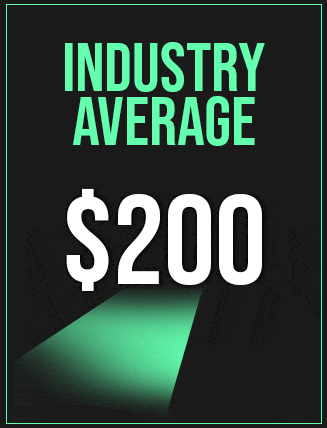
Being able to distinguish when a player’s production stems more from luck than from skill is especially important when placing NFL player prop bets. If books react too quickly to massive — but lucky — games from players, we can usually find value on the “less than” option. The opposite is also true — if PrizePicks doesn’t react enough to a talented player that many think has just been getting lucky, we can usually find some value on the “more than”.
Using Opportunity Stats | Expert NFL PrizePicks Strategy Tips & Advice
Opportunity stats, also known as volume stats, are, with some exceptions, mostly a subset of counting stats. These metrics can tell you how many chances a player got to generate yards or score touchdowns. The most obvious are carries and targets (which we can filter by location on the field to determine red-zone volume), but snap counts, snap shares, routes run and route participation rate all offer meaningful insight.
Obviously, players who see the field more tend to gain more yards and score more touchdowns, but red-zone filters, game situation splits, active teammate splits and volume shares can help us understand what a player’s role is on their team. For instance, a backup running back may see a ton of action if the starter gets injured or their team wins in a blowout, but if we know their usage came in those situations, we can better see their production as an outlier.
Even a team’s passing play percentage and rushing play percentage can help us find value at PrizePicks. If we know that a team uses a run-heavy scheme, and we also know they’re massive favorites to win, we might be able to find some value on the less than for their quarterback’s passing yardage square.
Using Opponent Stats | Expert NFL PrizePicks Strategy Tips & Advice
One of most crucial parts of any profitable NFL PrizePicks strategy is its integration of a player’s opponent into their projection. Even if Tyreek Hill opens the year by averaging 120 receiving yards per game, he probably shouldn’t be projected for another 120 against the NFL’s best receiving defense. But how do we figure out who the good defenses are — and how they’ll affect the player in question?
Opponent stats include the total yards they’ve allowed, the yards they’ve allowed per play, the types of production (passing, receiving, rushing, etc.) they’ve allowed and that production’s distribution on a by-position basis. For instance, Hill might be facing the NFL’s No. 1 receiving defense in total receiving yards allowed, but that defense could be allowing the most yards per reception — the teams they’re facing just opt to run the clock out after building an early lead.
In another example, that defense could be completely shutting down wide receivers while allowing, say, 100 receiving yards per game to tight ends. That would still be good for the league lead in overall receiving yards per game, but it wouldn’t make a “more than” pick for a tight end playing alongside Hill also a bad square. In fact, that square would probably be a pretty good one.
Those are extreme illustrations, but they speak to the value of granularity and working on a play-by-play, position-by-position basis. Advanced team stats like expected points added (EPA) and defense-adjusted value over average (DVOA) can help us form more complete assessments of NFL defenses, and I recommend you dive into them before firing off a bunch of NFL PrizePicks entries.
OddsShopper’s NFL Tools & Tips
Looking for more NFL betting advice? OddsShopper’s experts are here to break down this NFL season — make sure to check out the rest of our NFL articles. Still need more NFL player prop tips and advice? Subscribe to OddsShopper for our daily +EV NFL bets!
